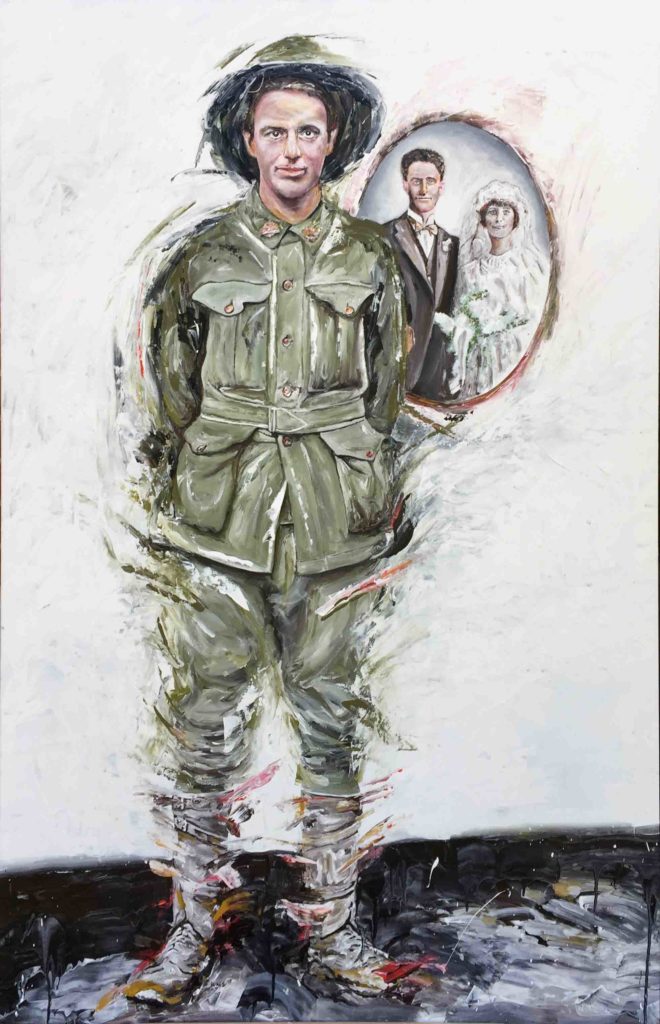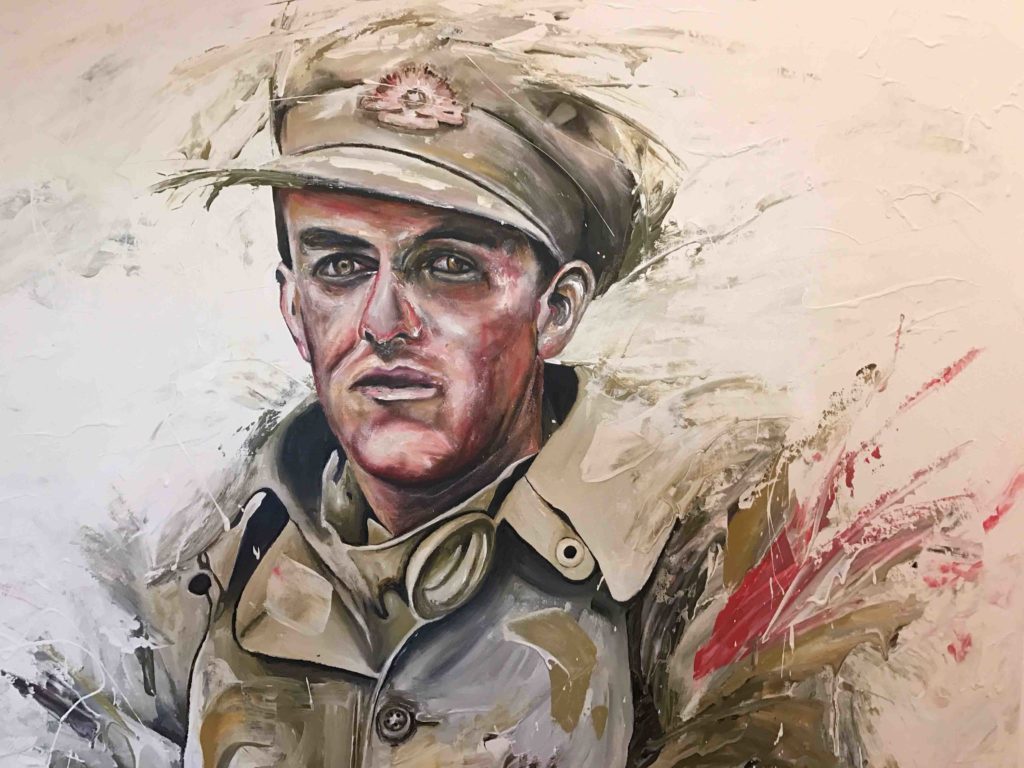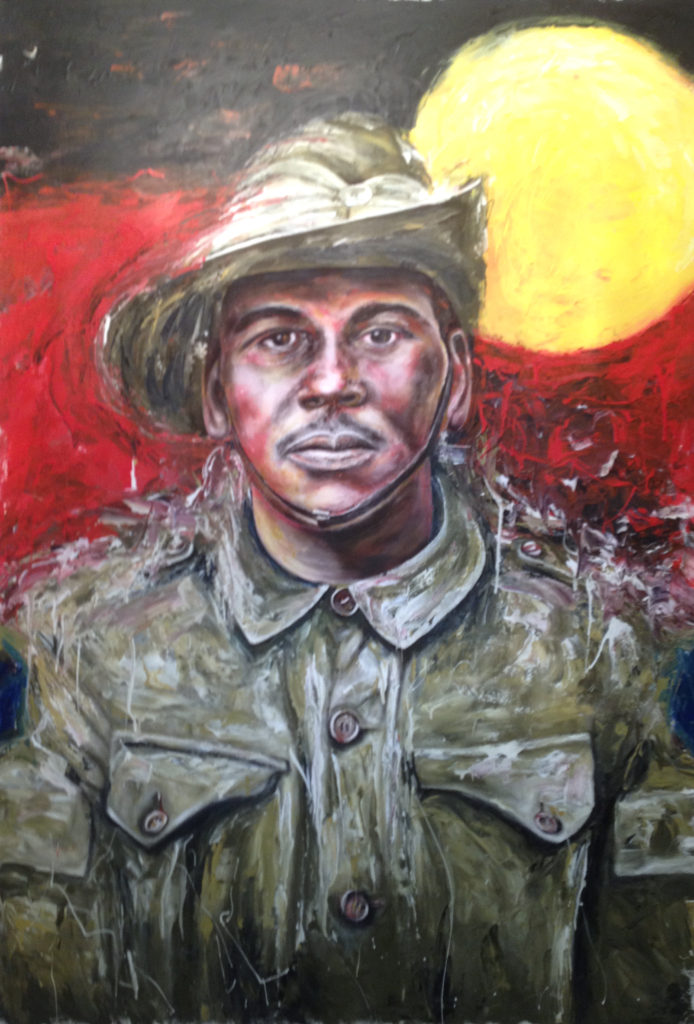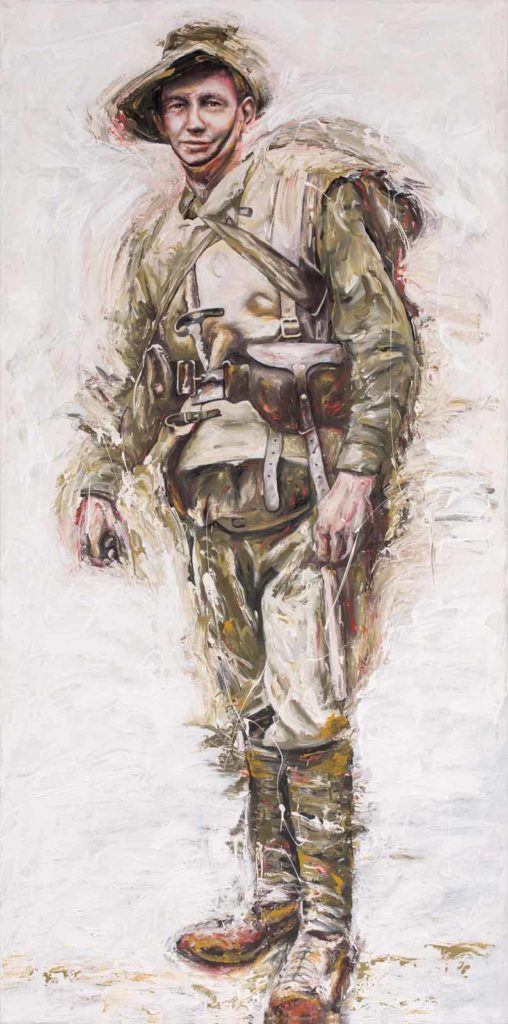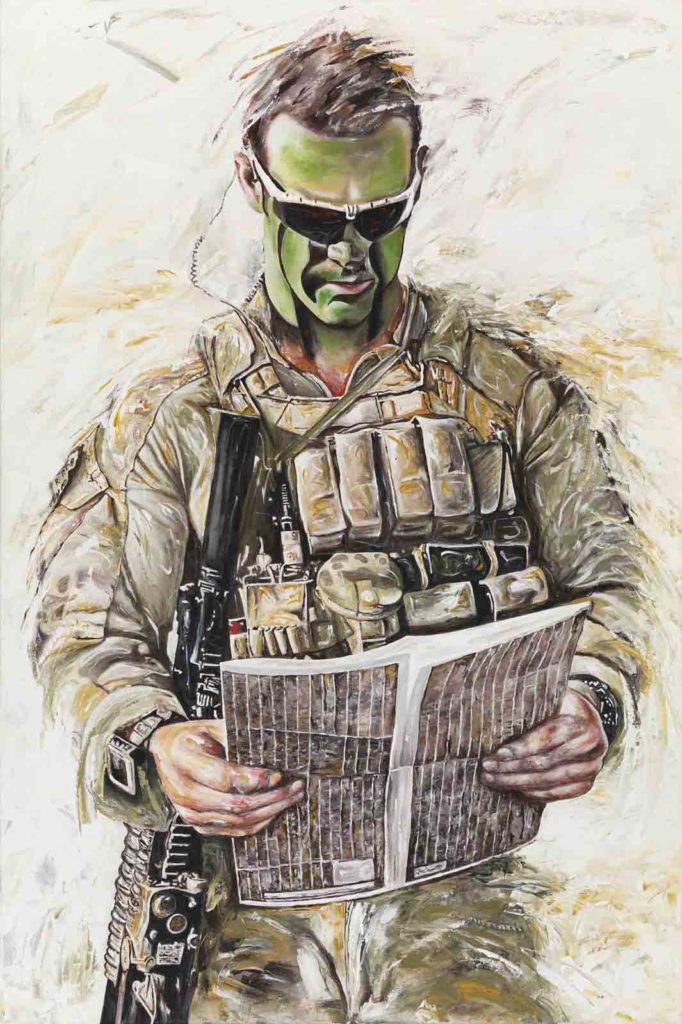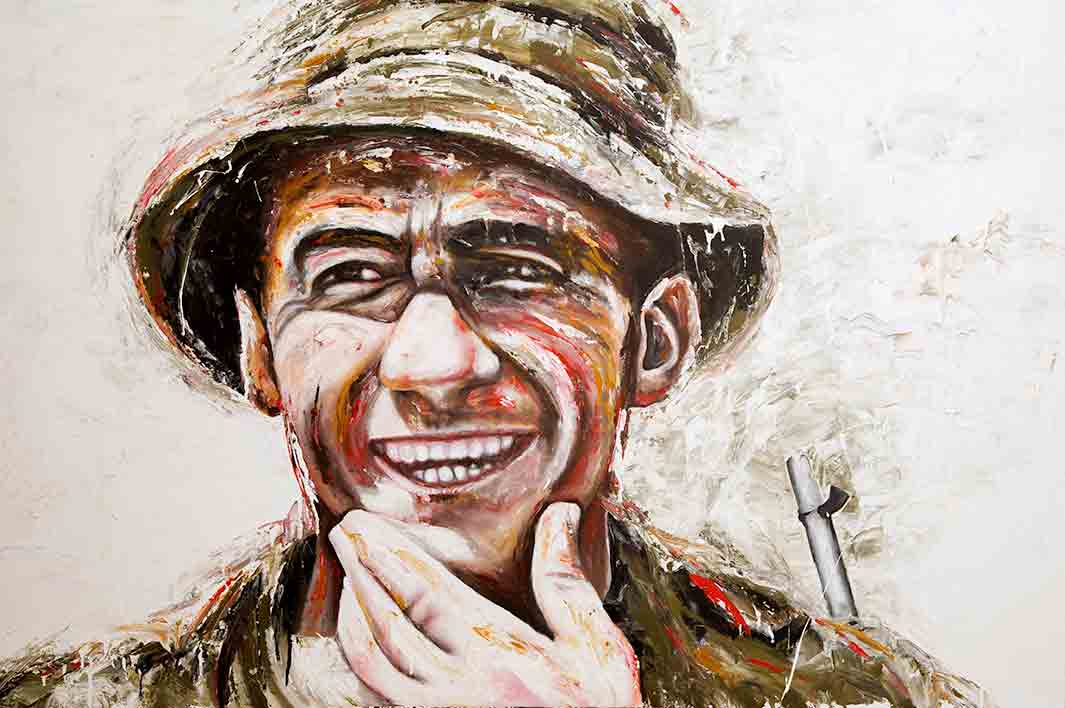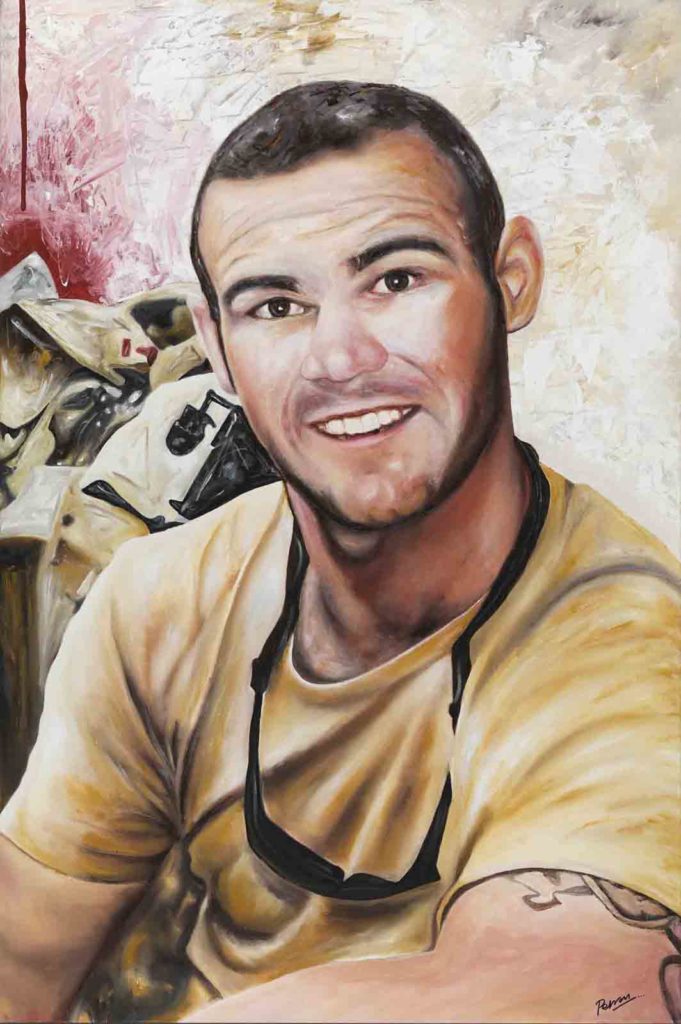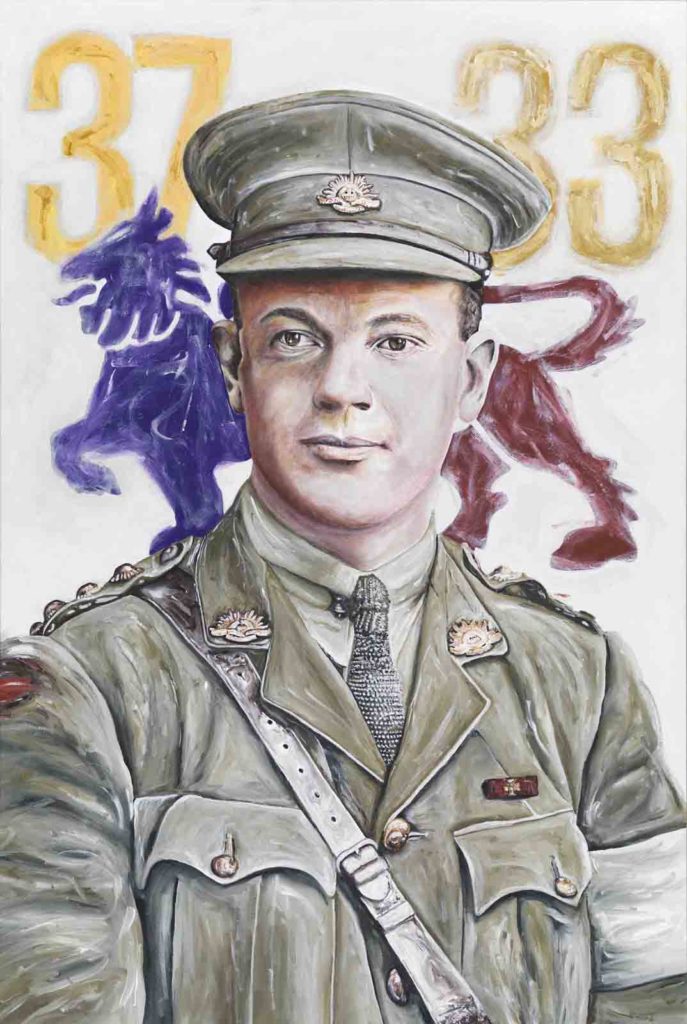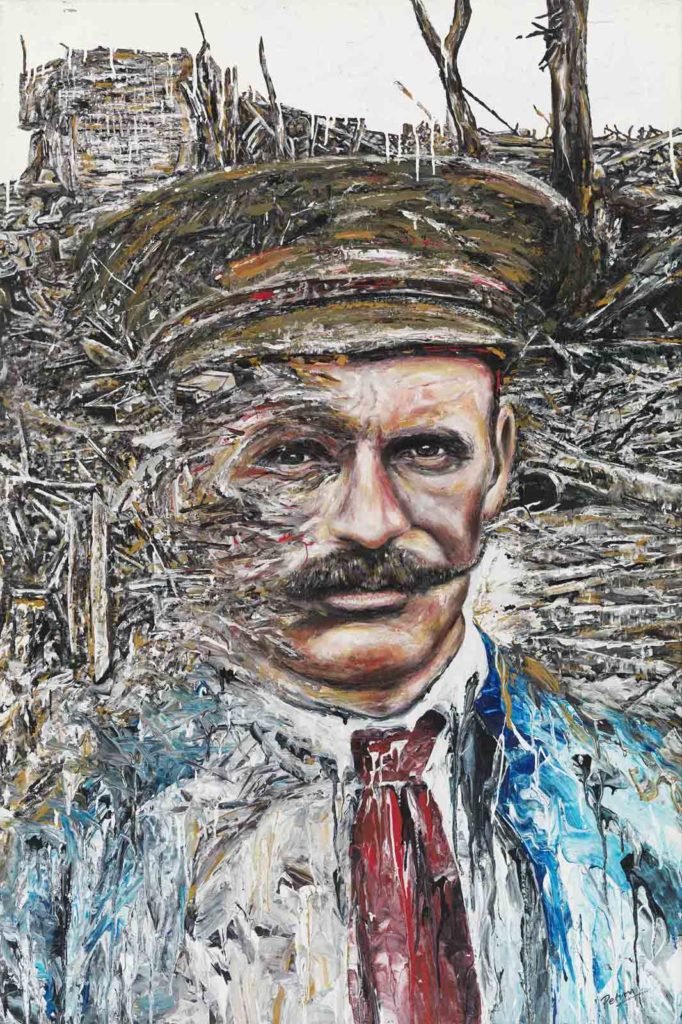
Fleetwood Ashburnham Curteis
But there is so much more to the story of Fleetwood Ashburnham Curteir; his is a
delightful tale of true love triumphing over tradition. As he was the only solider with
the surname Curteis to have fought for Australian in World War I, it was easy to find
his war service papers.
It turns out that farm labourer Fleetwood was in fact an English nobleman and his
name appears in Debrett’s Peerage & Baronetage. On his mother’s side, he was the
grandson of Sir Anchitel, the 8th Ashburnham Baron of Broomham, a baronetcy
which dates back to the mid-1660s. On his father’s side, he was the grandson of Tory
Member of Parliament Herbet Mascall Curteis. Both his father, also called Herbet,
and his grandfather were well-known cricketers who played for Sussex and the
exclusive Marylebone Cricket Club. He had uncles who were high-ranking officers in
both the British Army and the Navy, and one of his relatives became private secretary
to then Prince of Wales Edwards, who became King Edward VIII in 1939 only to
abdicate less than a year later.
The aristocratic Curteis and Ashburnham families owned large neighbouring estates
in Wartlin, and Fleetwood was no doubt destined for a life of wealth and privilege.
However, working the Court Lodge Farm on the neighbouring Ashburnham estate
was William Allin, who had a daughter, Patience Amelia. She was five years older than
Fleetwood and the two fell in love.
The Ashburnham and Curteis families did not approve of the match but Fleetwood
married Patience anyway and the couple left England for Western Australia in late 1910.
It is unlikely the AIF knew anything about Fleetwood’s noble background when he
enlisted. He was first assigned as a Private to the 11th battalion and left Australia in early
March 1916. By late May he had transferred to the 51st battalion, which has been formed
a couple of month earlier in Egypt. The 51st arrived in France on 11 June and within two
weeks they were in the frontline in the Petition sector near Sailly. They fought at Mouquet
Farm in August and September and suffered severe losses. However, Fleetwood missed
at least some of this action as he had contracted mumps and was away from the battalion
for more than three weeks from mid-August until early September.
His battalion has a short stint of three days in Vignacourt in early November and
returned again for more than two weeks during December 1916 and January 1917.
They spent both Christmas and New Year in the village and it was probably at this
time that Fleetwood decided to have his photograph taken to send home to Patience
and the boys.
Fleetwood was working as a stretcher-bearer at the time the photograph was taken
and his armband is clearly visible. He is still wearing the colour patch of the 11th
Battalion, which indicates that this image was taken towards the end of 1916 or in
early January 1917.
Fleetwood was made a Lance Corporal in April 1918 and later received a Meritorious
Service Medal for his work as a medical orderly throughout the final year of the war.
His service record states:
During period 26th March to 16th September, 1918, as medical orderly, this NCO has
on numerous occasions in most trying circumstance and under heavy fire assisted in
dressing the wounded. At all times he has shown a utter disregard for his personal
safety, and his excellent work, coolness and ever cheerful manner were a splendid
example to his comrades.

